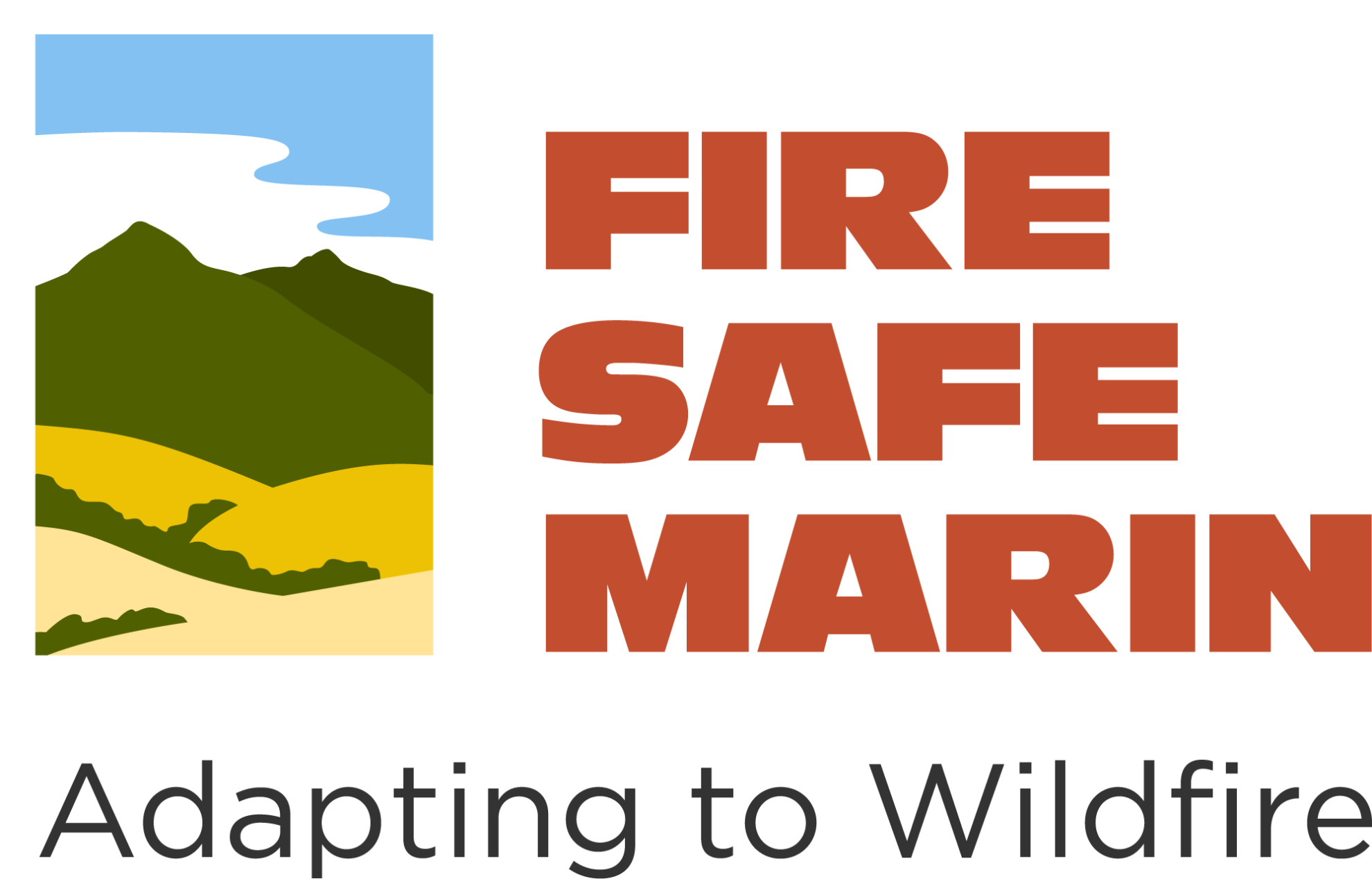Science & Research
Research papers, founding documents, and community wide plans
Wildfire Prepared, A Homeowners Guide: IBHS
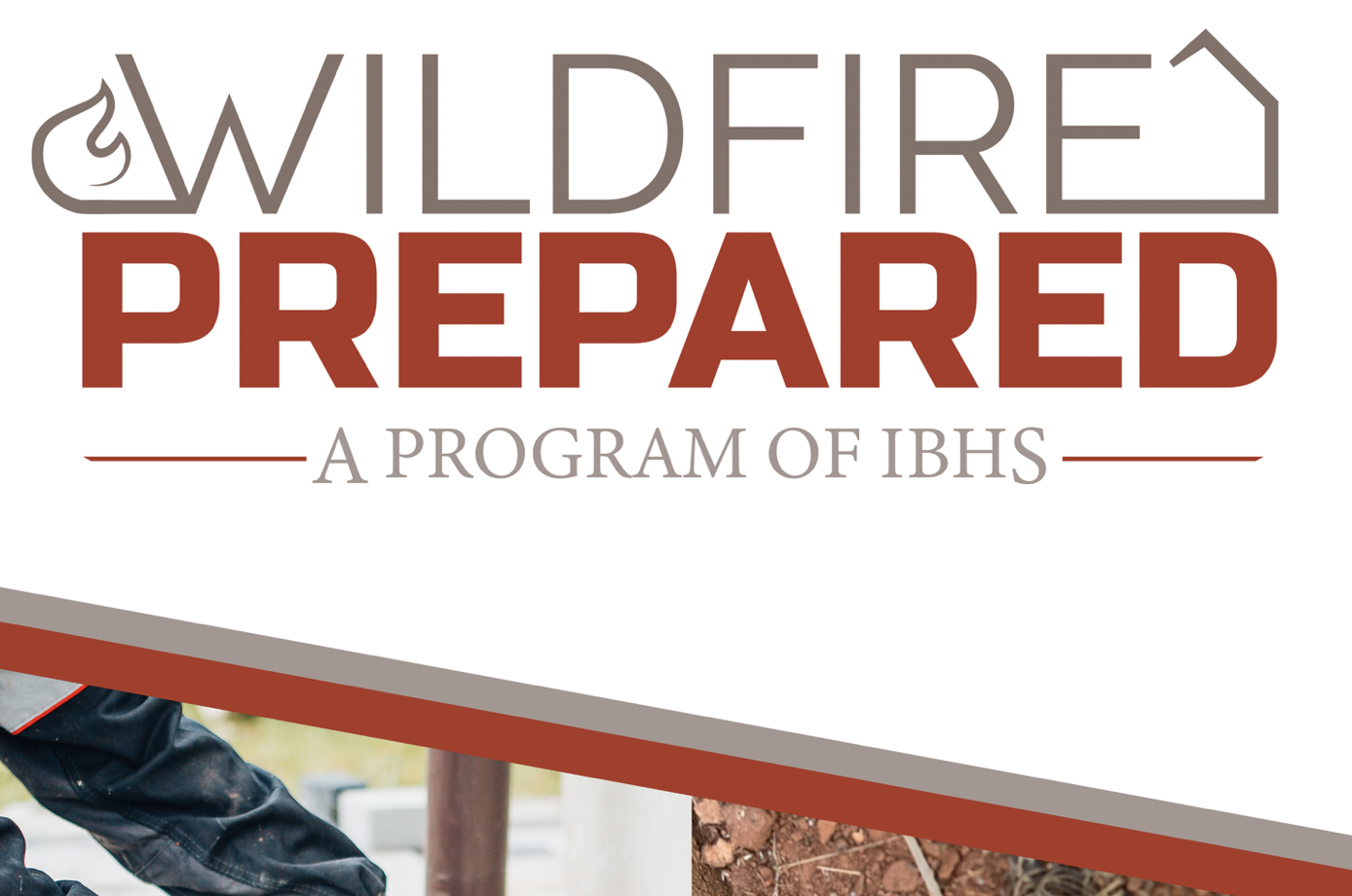
Overview
Wildfire Prepared Home™ was developed to help you protect your home from wildfire. The requirements described here are based on years of scientific research by the Insurance Institute for Business & Home Safety (IBHS). Our science has demonstrated that, when applied together, these specific actions reduce the wildfire risk to your home and property. All the requirements below must be met for your home to qualify. Once all actions are completed, you can then apply for a designation.
WUI Fire Evacuations and Sheltering Considerations
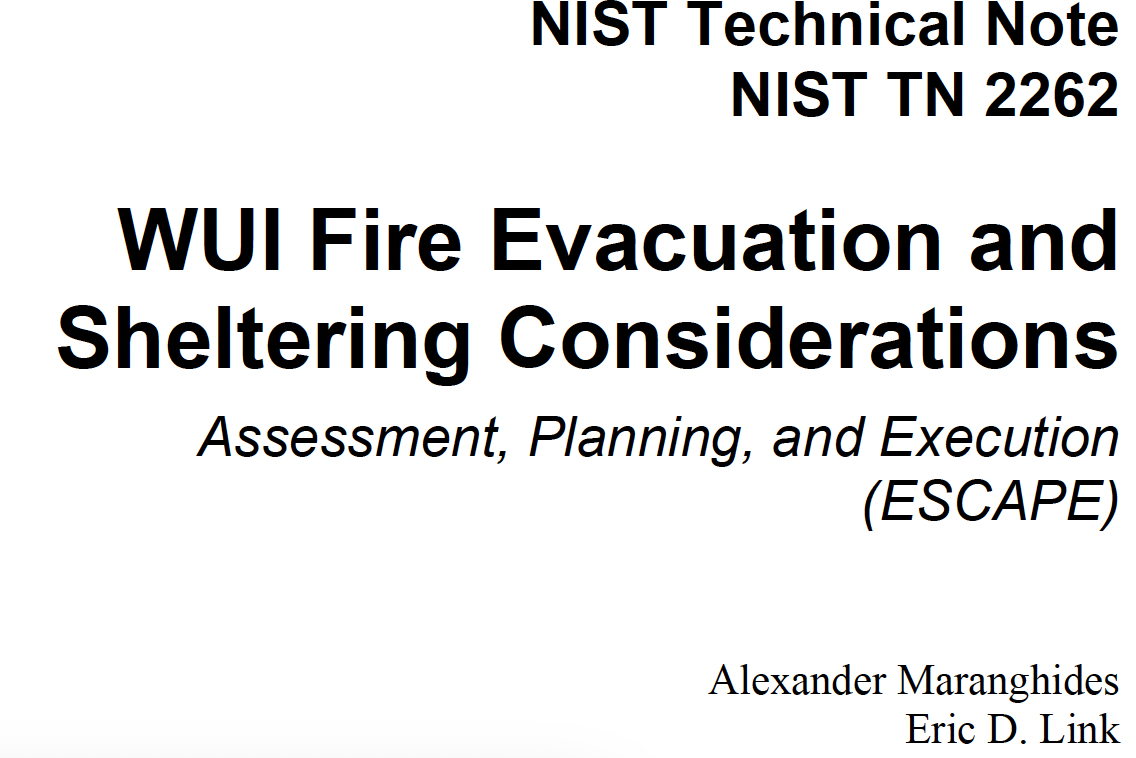
The purpose of this report is to use the lessons learned from the NIST Camp Fire case study to present a methodology and other considerations about WUI fire incidents that can be used by small and intermediate-sized WUI communities to help develop notification and evacuation plans.
Your Content Goes Here
Camp Fire Case Study
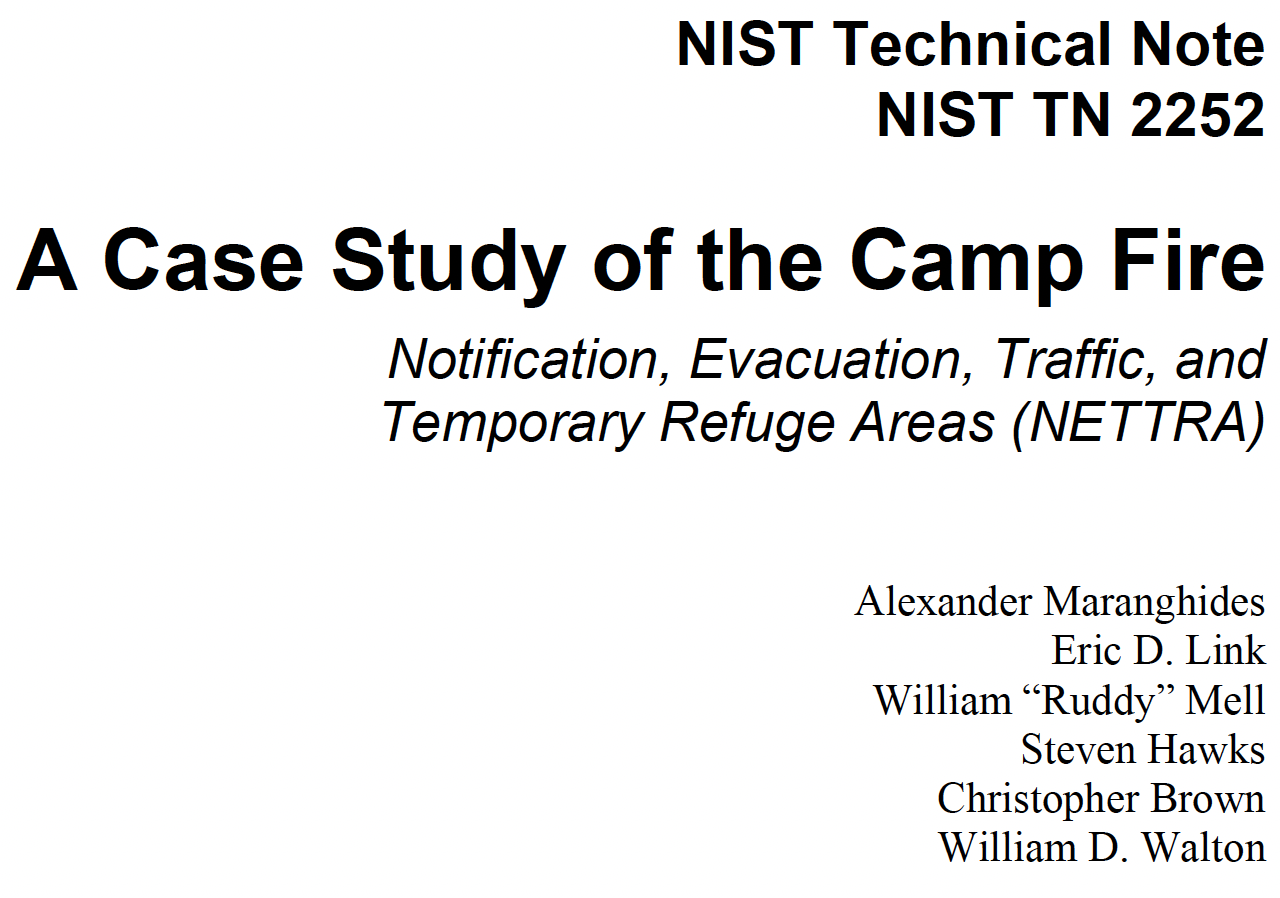
The 2018 Camp Fire in Butte County, California quickly impacted the communities of Concow, Paradise, and Magalia, triggering widespread evacuation of 40 000 people. The fire became the most deadly and destructive fire in California history, resulting in 85 fatalities and more than 18 000 destroyed structures. After a preliminary reconnaissance, it was determined that abundant data was available to support an in-depth case study of this devastating wildland-urban interface (WUI) fire, with the goal to learn and increase preparedness for future incidents. This portion of the greater case study focuses on the life safety aspects of the Camp Fire incident: notification, evacuation, traffic, temporary refuge areas, rescues, and fatalities
Factors Influencing Ember Accumulation Near a Building
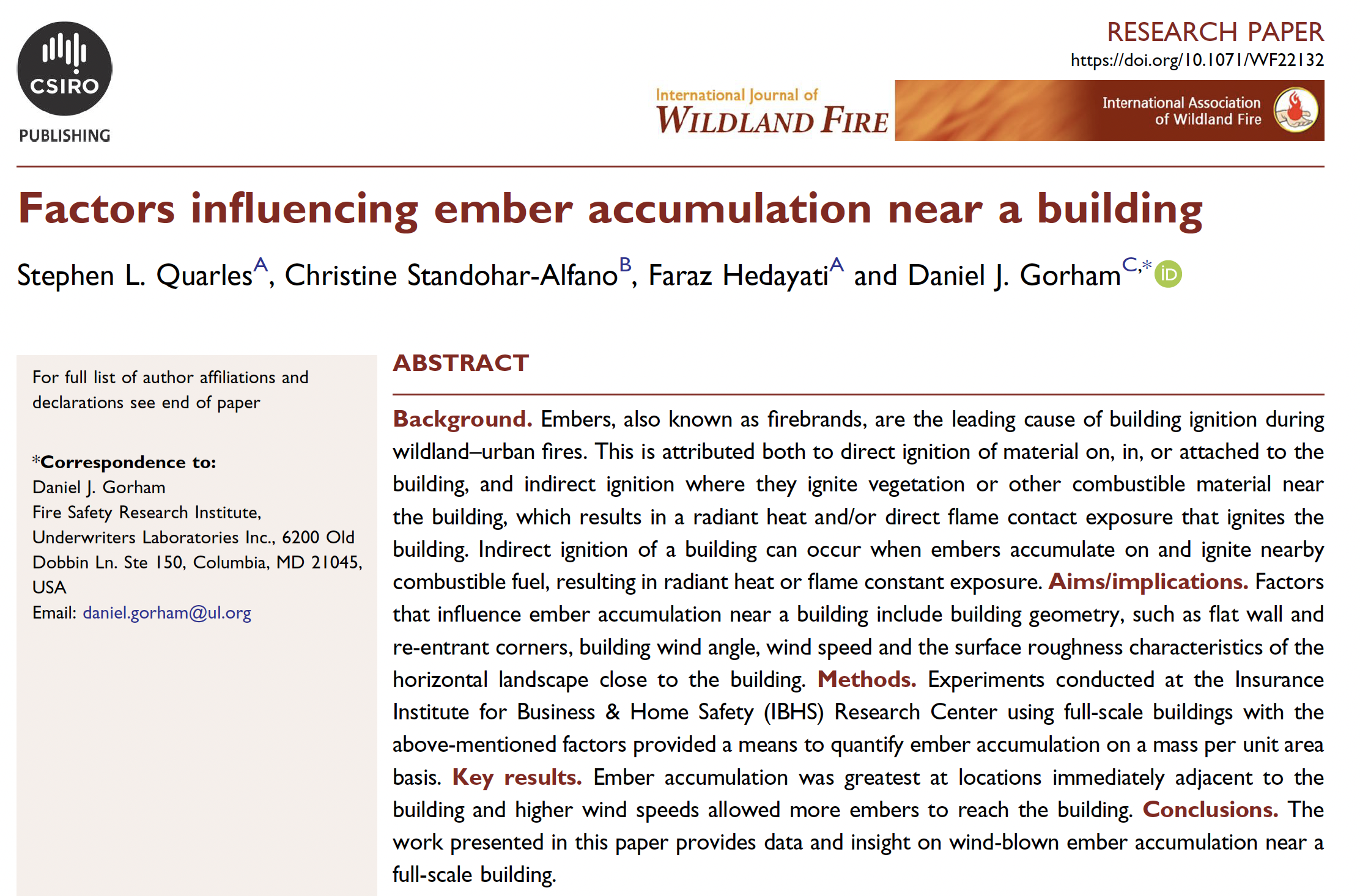
Background. Embers, also known as firebrands, are the leading cause of building ignition during wildland–urban fires. This is attributed both to direct ignition of material on, in, or attached to the building, and indirect ignition where they ignite vegetation or other combustible material near the building, which results in a radiant heat and/or direct flame contact exposure that ignites the building. Indirect ignition of a building can occur when embers accumulate on and ignite nearby combustible fuel, resulting in radiant heat or flame constant exposure. Aims/implications. Factors that influence ember accumulation near a building include building geometry, such as flat wall and re-entrant corners, building wind angle, wind speed and the surface roughness characteristics of the horizontal landscape close to the building.
Wildfire Home Retrofit Guide
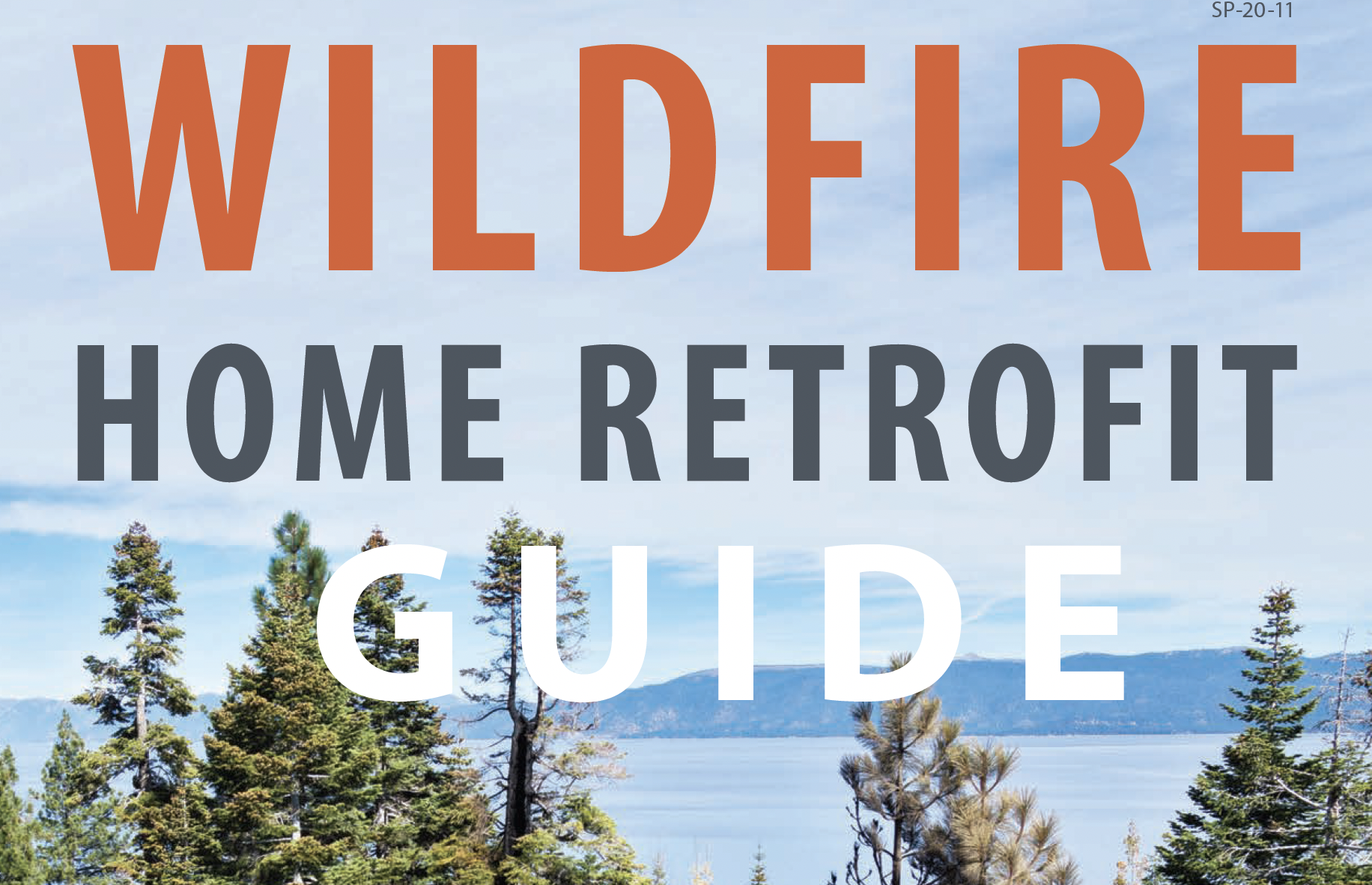
This Guide includes specific recommendations for how to retrofit existing components of a home to withstand wildfire. Each section contains an explanation of how the component is vulnerable to wildfire and what can be done to improve that component. The illustrations throughout the Guide are intended to show best practices for reducing the vulnerability of a home to wildfire. Authors: Christina Restaino1, Susan Kocher2, Nicole Shaw3, Steven Hawks4, Carlie Murphy3, Stephen L. Quarles2
1University of Nevada, Reno Extension 2University of California Cooperative Extension 3Tahoe Resource Conservation District 4CAL FIRE
IBHS California Home Retrofit Guide
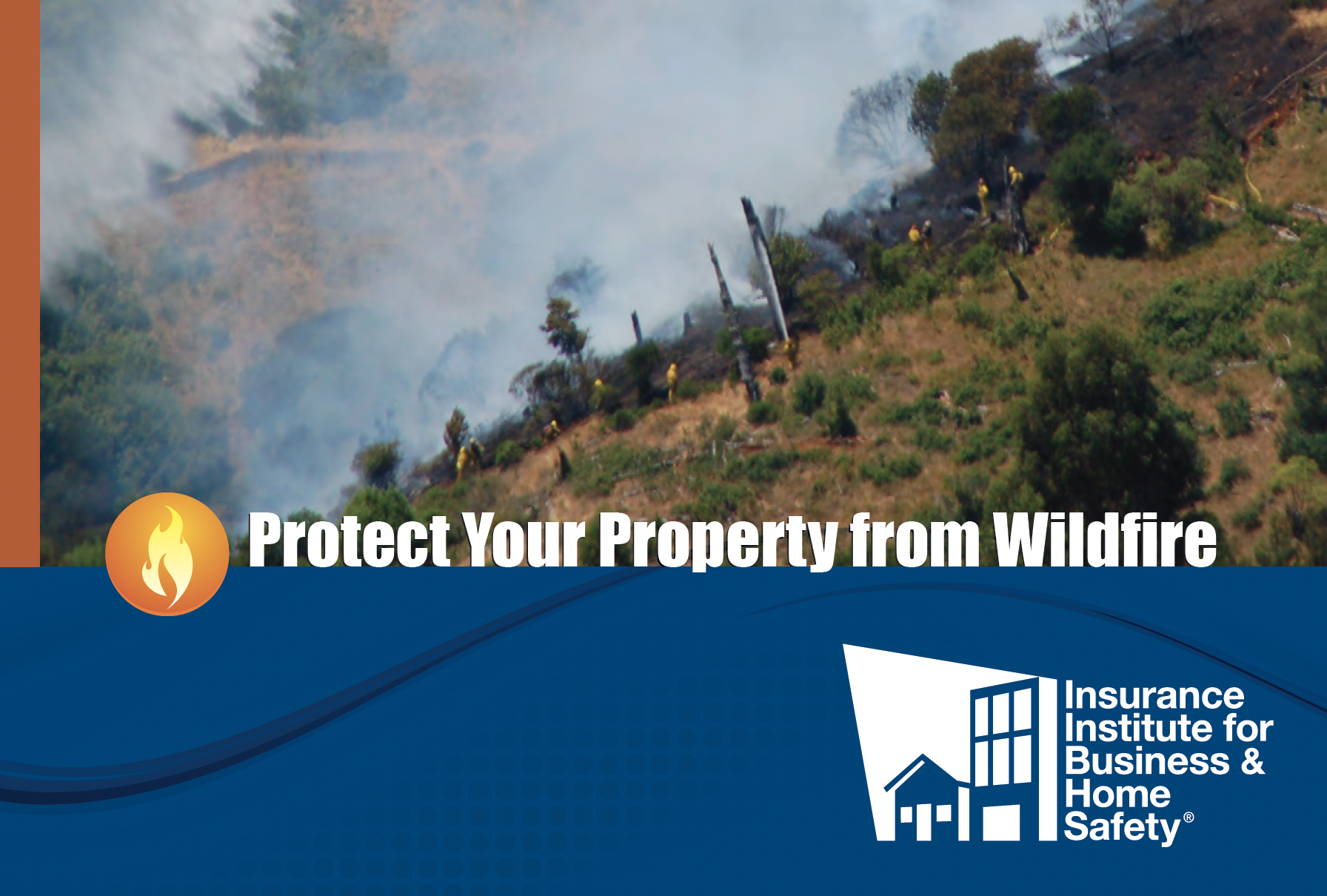
Research and post-fire assessments have shown that property owners can protect their homes and businesses against wildfire by addressing three clear sources of vulnerability: materials and design features used in building the home or business, the landscaping vegetation located immediately adjacent to the home or business, and the general vegetation and other combustible materials and items on the property surrounding the home or business. Each of these sources can be dealt with through maintenance, appropriate choices in building materials, design improvements, and vegetation management.
Mulch Study
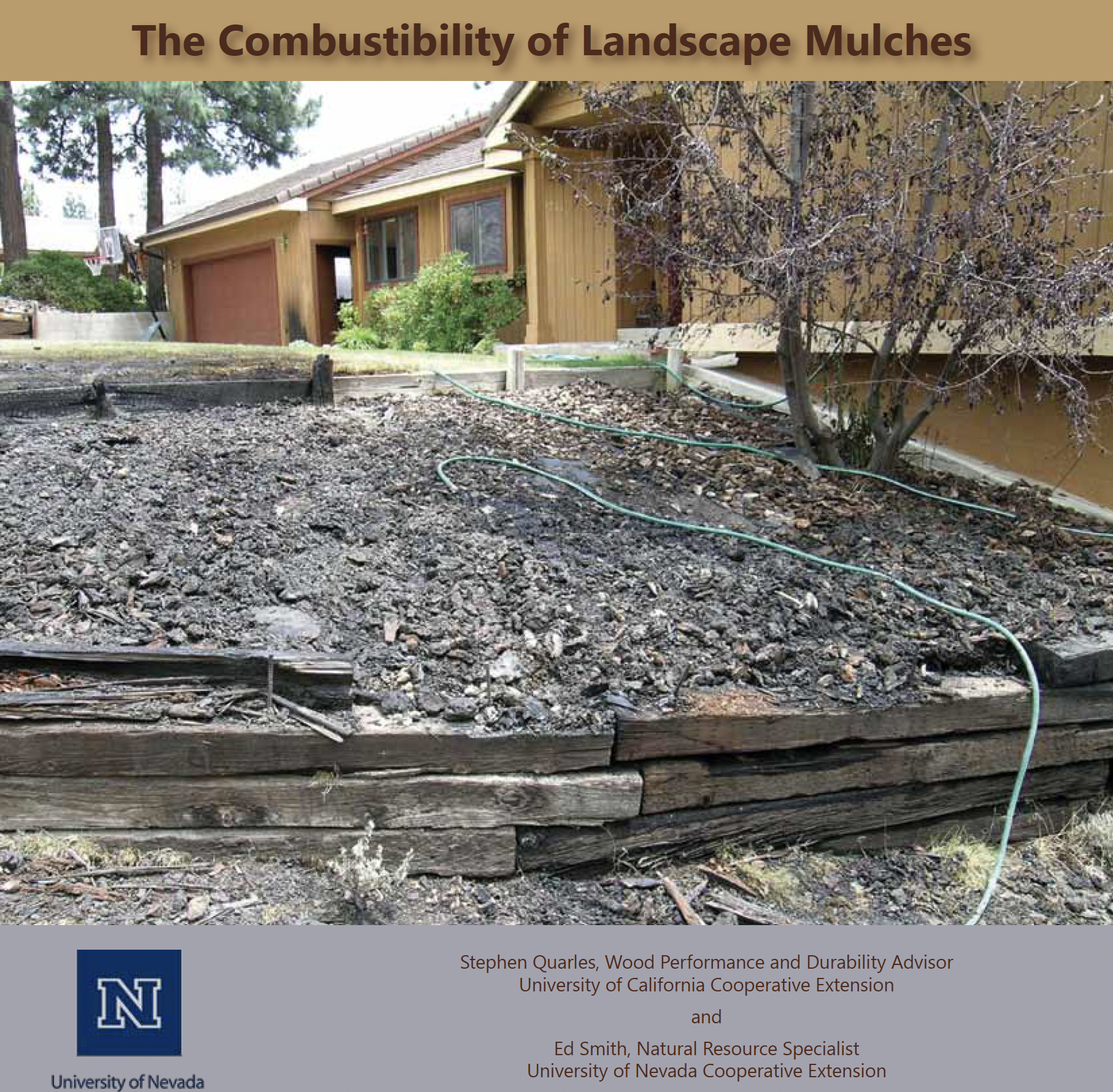
Mulches are often promoted as being environ- mentally friendly and a desirable landscape practice. Unfortunately, despite the positive attributes, many mulches are combustible, a major drawback when used in home landscapes located in wildfire-prone areas. This is a University of Nevada study authored by Steve Quarles and Ed Smith.
Marin Grand Jury Wildfire Report
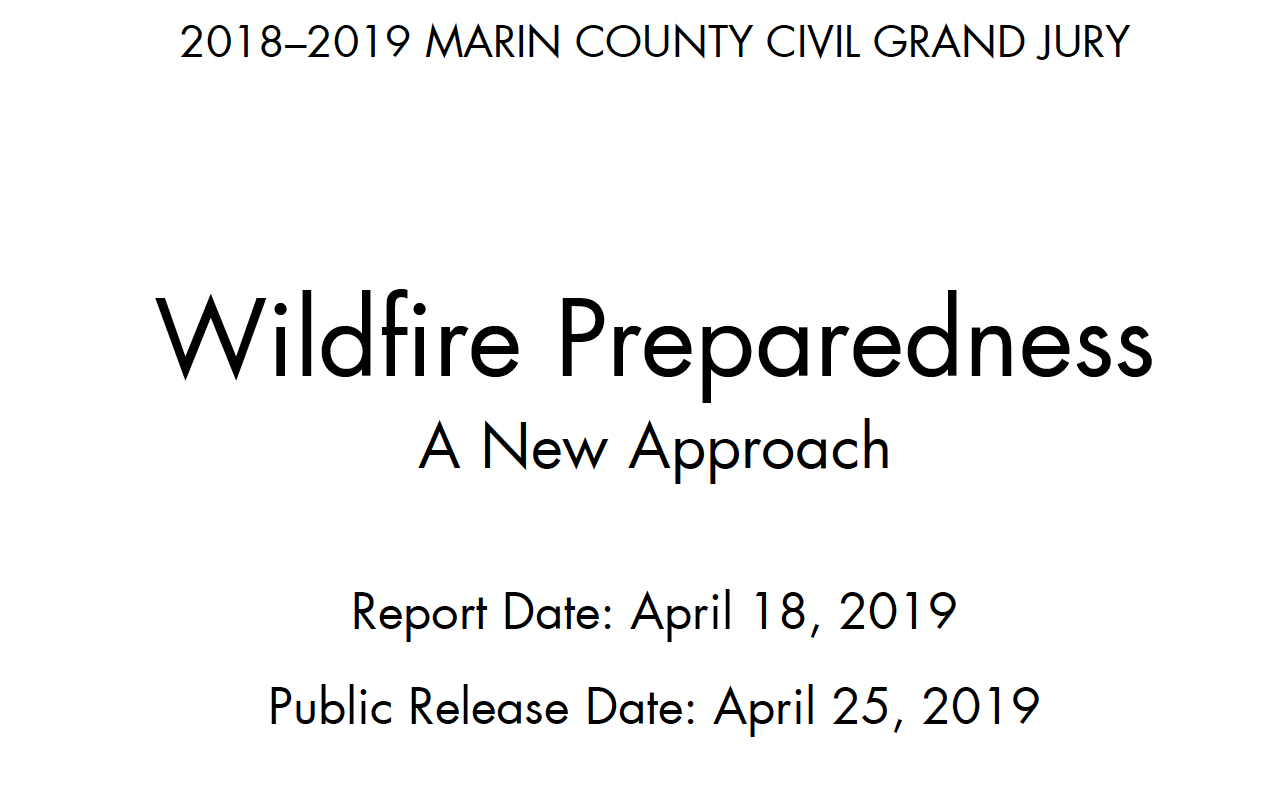
This report argues for a change in civic culture and suggests a mechanism to address many of the inadequacies in wildfire preparedness. The Grand Jury recommends the creation of a countywide umbrella agency to fund, coordinate and lead pre-ignition and pre-suppression planning.
Lessons Learned from 2017 North Bay Fire Siege
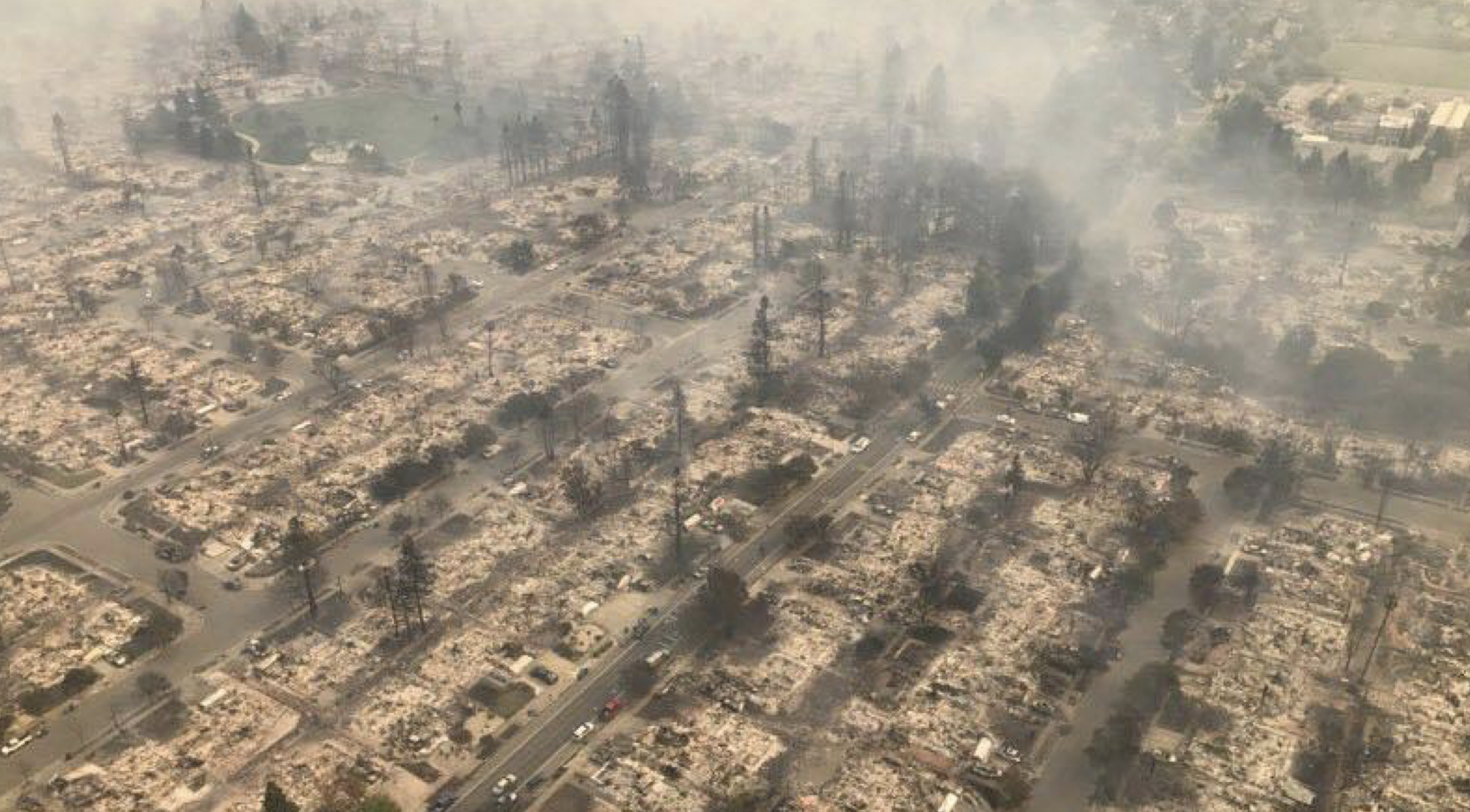
In November 2017, the Marin County Board of Supervisors created a sub-committee to study lessons learned from the North Bay Fires. The sub-committee included County Supervisors, leaders from fire, law enforcement, and land management agencies, as well as representatives from Marin’s cities and towns. The public was also invited to voice concerns and hear from the agencies represented. The sub-committee proceeded in three steps:
- Held an extensive panel interview with Sonoma officials in order to learn from their experiences.
- Hosted a public forum in an effort to gather community input and preferences.
- Took an inventory of Marin’s existing programs, identifying gaps within and across agencies. The inventory also identified several recommendations from Sonoma and Napa officials which were already in place in Marin County, including a tradition of robust relationships between agencies and a willingness to work together.
This report outlines the main findings from this process and areas for improvements to further decrease the County’s vulnerability and increase fire preparedness.
State of the Science in Wildfire Evacuation
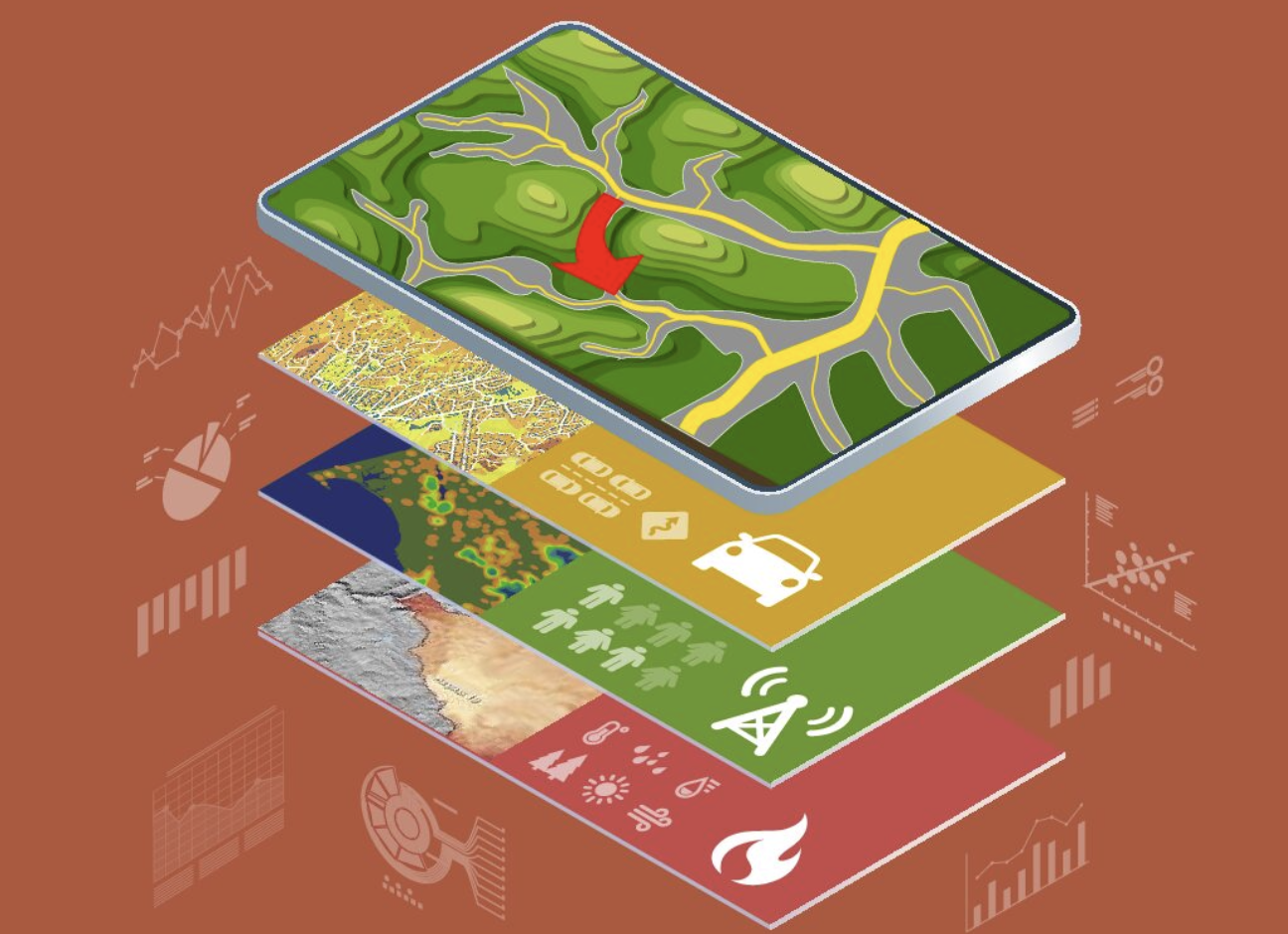
The Marin Wildfire Prevention Authority reviewed available studies to identify practical wildfire evacuation lessons, and sought answers to several questions:
1. What have been the leading causes of civilian fatalities in past wildfire evacuations?
2. What risk factors contributed to those deaths?
3. What are the practical implications for Marin County?This report draws insights from over 50 studies. It summarizes findings from numerous events, including the 2013 Yarnell Hill Fire in Arizona; the 2016 Chimney Tops 2 Fire in Tennessee; the 2017 Northern California (North Bay) Fires; and the 2018 Camp Fire in Butte County California. It also summarizes assessments from Oregon, Washington State, and fire-prone regions of Australia.
